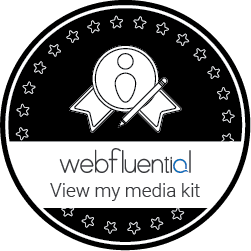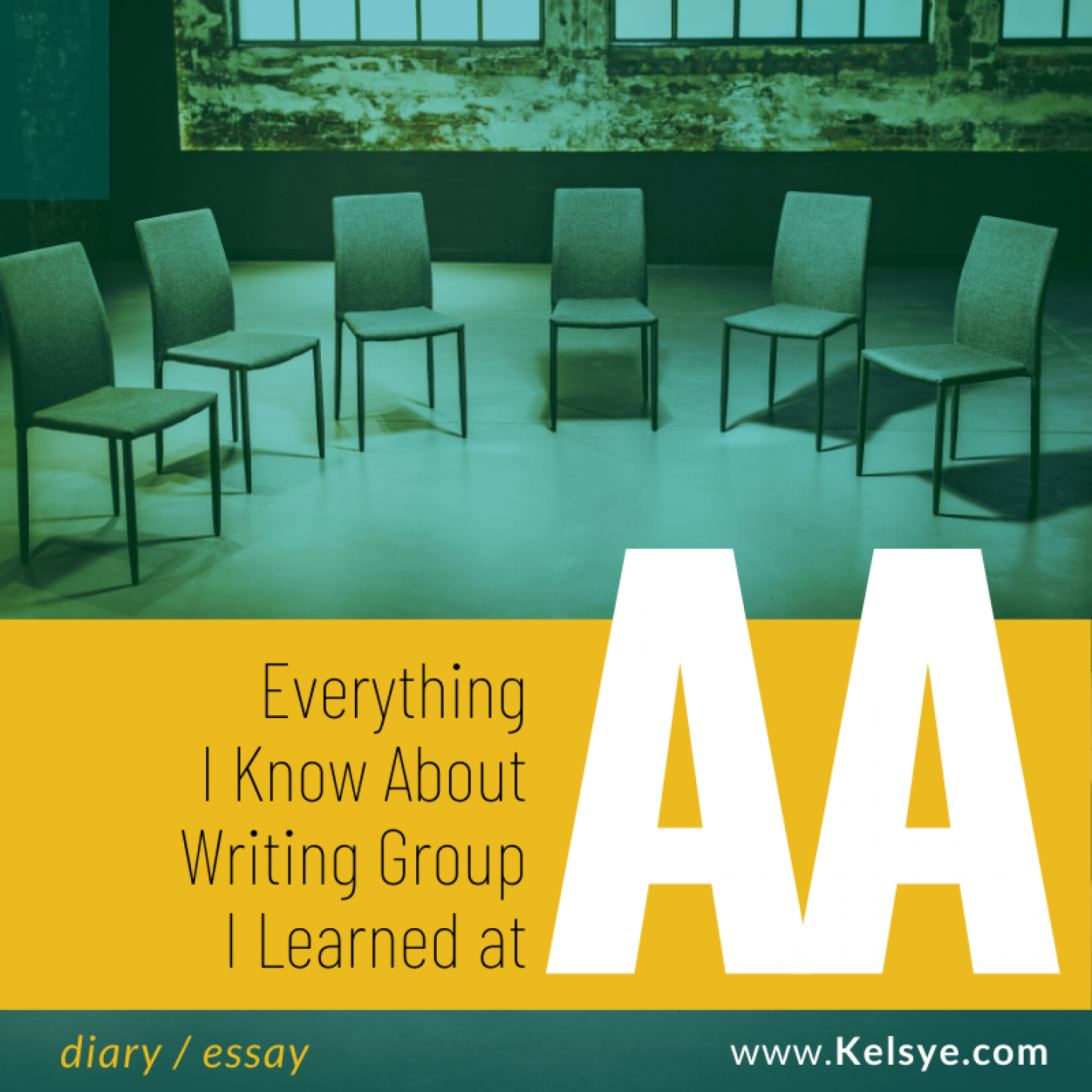One of the biggest complaints I heard from the authors who completed my 2016 Book Marketing Challenges survey was how easy it is to waste money on advertising.
Luckily, I've tested strategies and practices that remarkably improve ad results. This means that I've also paid good money for ads that were complete flops. Painful! These failed ads taught me very important lessons. I am happy to share my experiences so that you don't have to make the same mistakes I did.
Here is a quick 2-minute video lesson that shows how a specific change I made to my Facebook ads TRIPLED my book sales.
If you don't have time to watch the video, here's the big lesson I reveal.
Don't direct your ad directly to your Amazon book page. Instead, offer an easier "next step" such as downloading a sample of your book for free.
Insider tip: This lesson is a free preview of my Online Marketing Masterclass for authors that will be released to the public later this week.

 Promoting your books does not need to be a painful exercise in narcissistic flailing and squandered efforts. Approached with the correct mindset, it might not only be very effective, but also fun! If you would like to know how to use Twitter without embarrassing yourself or wasting time, here is what you must keep top of mind. It's the biggie...
Promoting your books does not need to be a painful exercise in narcissistic flailing and squandered efforts. Approached with the correct mindset, it might not only be very effective, but also fun! If you would like to know how to use Twitter without embarrassing yourself or wasting time, here is what you must keep top of mind. It's the biggie...
 So little time, so much to do, right? As an author, not only do you have to actually write your books, but you also need to promote your works to readers. This can be an incredible amount of work. While social media provides direct access to millions of potential readers, most authors fail to use platforms in way that effectively promotes their books. It's easy to waste a lot of time messing around on social media without getting results. So, why should authors be on Twitter?
So little time, so much to do, right? As an author, not only do you have to actually write your books, but you also need to promote your works to readers. This can be an incredible amount of work. While social media provides direct access to millions of potential readers, most authors fail to use platforms in way that effectively promotes their books. It's easy to waste a lot of time messing around on social media without getting results. So, why should authors be on Twitter? Authors on social media often struggle in the beginning.
Authors on social media often struggle in the beginning.





